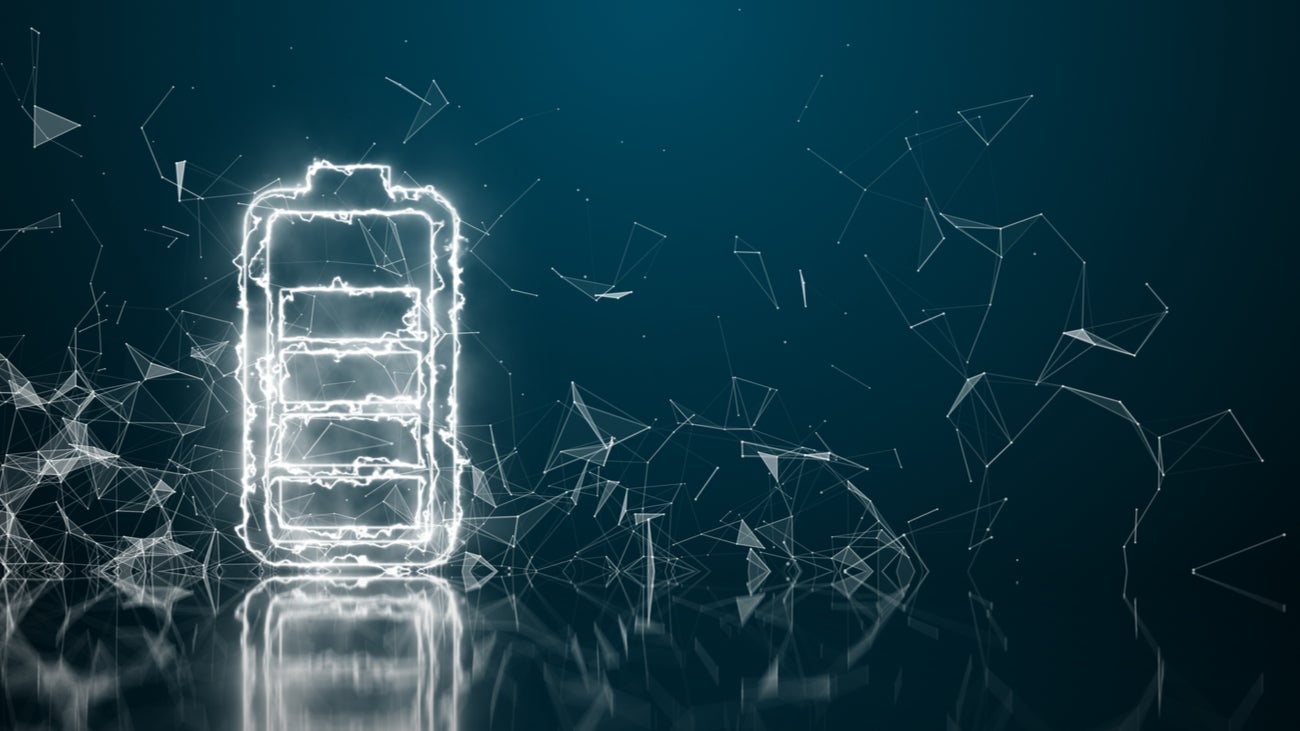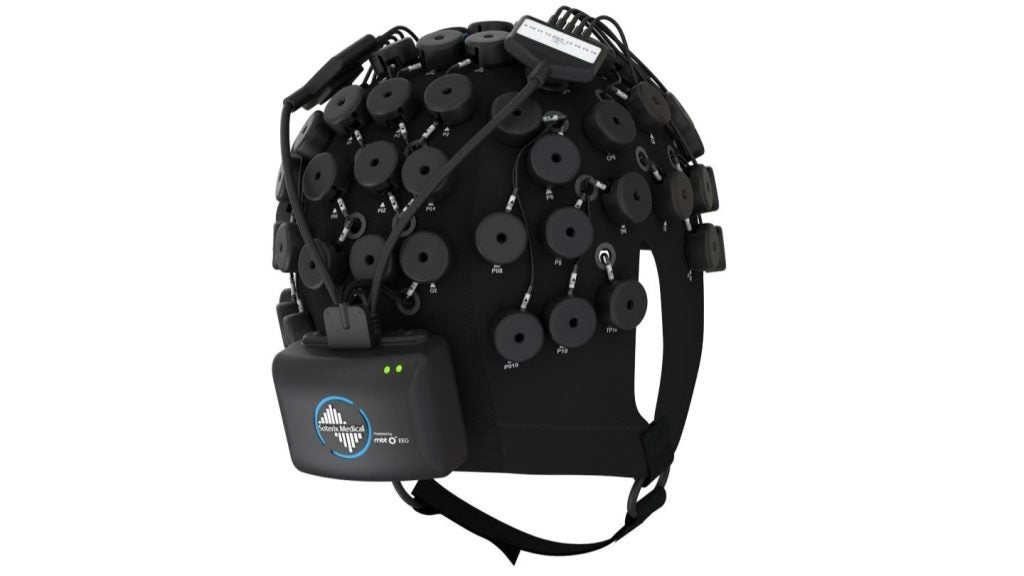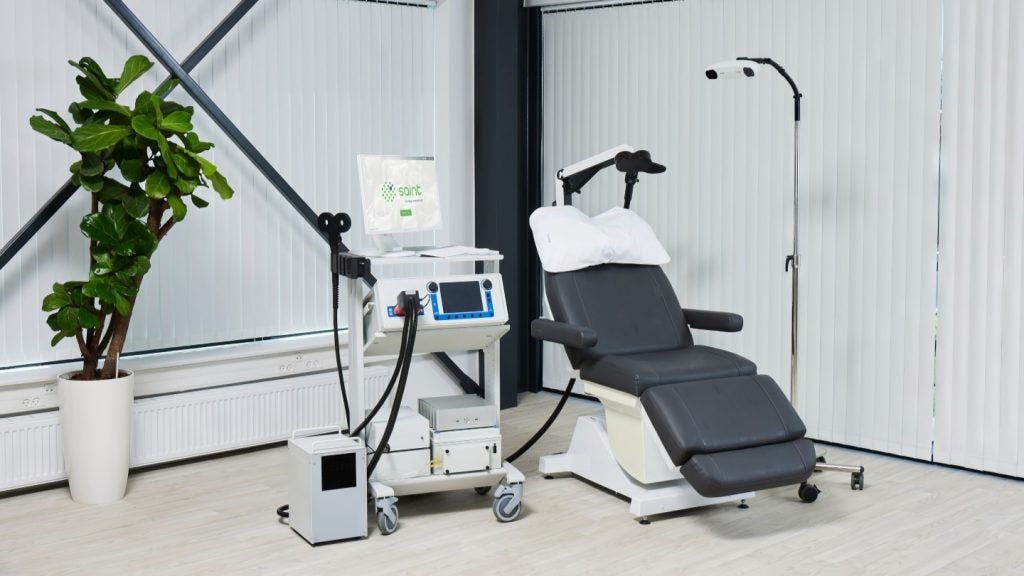
Imagine if you never needed to worry about your phone running out of battery while you were out and about and far away from a plug socket. Now extrapolate that thought to medical devices – where running out of charge could be the difference between life and death.
Take pacemakers for example – small implanted devices in the chest that correct abnormal heart rhythms. Pacemaker implantation is one of the most common types of heart surgery, with thousands of these devices fitted each year in the UK. This is life-saving tech, but the battery only lasts around seven years before it has to be replaced. For patients, this means several stints in hospital throughout their lifetime to change the pacemaker unit. Essential but inconvenient and not without risk.
“You still hear of heart pacemakers being fitted in two-year-olds who then celebrate their ninth birthday by being cut open to change the battery,” says Dr Peter Harrop, chairman and founder of business technology firm IDTechEx.
How well do you really know your competitors?
Access the most comprehensive Company Profiles on the market, powered by GlobalData. Save hours of research. Gain competitive edge.

Thank you!
Your download email will arrive shortly
Not ready to buy yet? Download a free sample
We are confident about the unique quality of our Company Profiles. However, we want you to make the most beneficial decision for your business, so we offer a free sample that you can download by submitting the below form
By GlobalDataLuckily, the medical device industry is on the cusp on an exciting trend: self-charging devices that could one day make those battery change operations redundant. Harrop has just published a new report that details the many ways in which self-powered technologies could transform devices such as pacemakers, hearing aids and glucose monitors in the future.
Learning from smartwatches
Harrop’s research reveals that much of the science that could help sick patients can already be seen in the consumer technology world and products more commonly associated with entertainment or fitness than medicine. As watches and phones gain additional functions, they require more energy and hence more charge time, making self-powered devices all the more attractive.
“Your fitness smartwatch has gradually acquired all sorts of medical capabilities. As these devices add these clever tricks, they need more electricity and it becomes inconvenient to have to charge them or replace a battery every time,” says Harrop.
The race is on to develop the energy-independent smartwatch, he says. But the medical industry stands to gain from this goal too.
“The same thing needs to happen for medical devices because you need to have them working more reliably,” he says. “Drug delivery or diagnostic devices preferably need to be ‘never charge’ or ‘never change the battery’ because it can be life-threatening if they run out of power.”
Harrop points to diabetes as a therapeutic area that could benefit from self-powered diagnostics. The disease already costs the NHS £10bn each year. Since 1996, the number of people diagnosed with diabetes has risen from 1.4 million to 3.5 million. In five years’ time, it’s expected to rise to 5 million.
“It’s a major epidemic. There’s no reason to believe it’s going to stop,” says Harrop. “We’ve been using glucose test strips for years [which require a blood sample], but all eyes are on continuous glucose monitors (CGM) which don’t involve stabbing yourself many times a day.”
A CGM consists of a sensor device on the patient’s abdomen which determines how much sugar is in the fluid under the skin. A transmitter then sends results to a small receiver box to give the person a clear idea of whether their glucose levels are too high or low. But most sensors for this purpose need to be replaced once a week. In the future, it’s hoped they will be able to be worn for years without running out of power.
Utilising energy from the body
Scientists have realised that energy can be harvested from the human body itself, such as that generated from movement or the temperature difference between the body and the external environment. This can be converted into electrical energy using a variety of techniques.
Tech firm Garmin recently announced a new range of high-end solar-powered watches aimed at mountain-bikers, surfers and rock climbers. Harrop says the new product allows the user 10% more time before it needs charging.
Similarly, Matrix Industries makes devices powered by body heat. “They’ve taken a thermoelectric watch that was a failure 15 years ago, where the temperature difference between your wrist and the fresh air powers it, and they’ve made it more efficient,” Harrop reveals.
Matrix combines solar technology with the temperature difference trick. It claims it has made the world’s first smartwatch which is totally energy independent.
“It’s slightly naughty because their smartwatch doesn’t do everything we’d really expect in a full smartwatch, so it’s still primitive. But whether you’re using a solar window or temperature difference, this is just the beginning,” says Harrop.
It’s not just tech companies exploring energy-harvesting techniques, many universities are doing interesting work in this space too. For years Georgia Tech has been designing self-charging power cells for medical devices. They use lithium batteries combined with a film that generates additional electricity using a pressure or temperature gradient.
At Drexel University in Philadelphia, scientists are looking into energy-harvesting fabrics for wearable devices. And at Beijing Institute of Nanoenergy and Nanosystems, researchers are investigating triboelectric nanogenerators that could power drug delivery systems. While research at California Institute of Technology has demonstrated that devices can be powered using the sweat from a person’s arm, which could have applications for medical patches.
There’s a huge amount of work going on in this space and Harrop is optimistic about self-charging medical devices emerging on the scene soon. He believes in the next few decades, many of us might be benefiting from life-enhancing technology that powers itself. “The revolution’s on,” he says.








